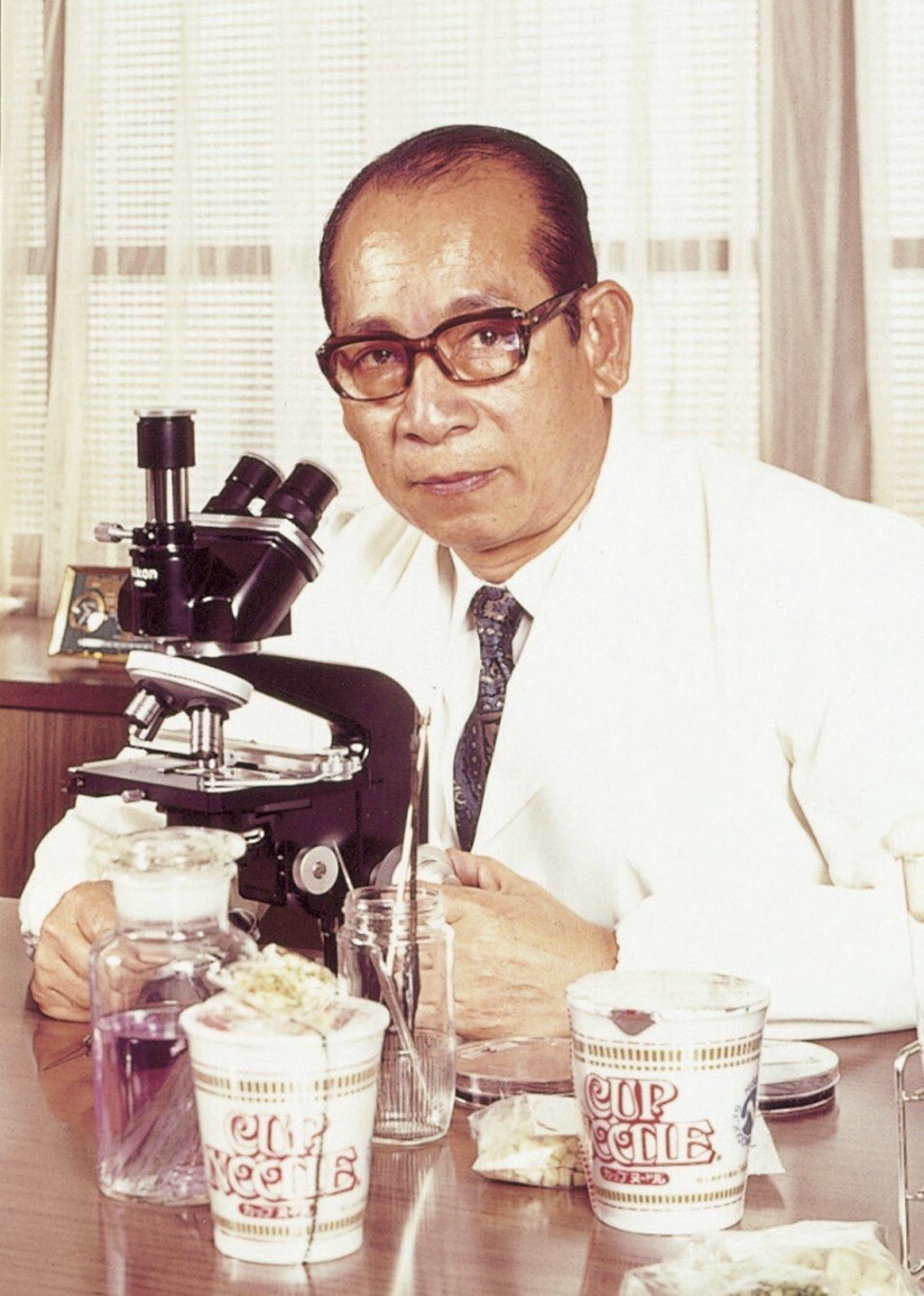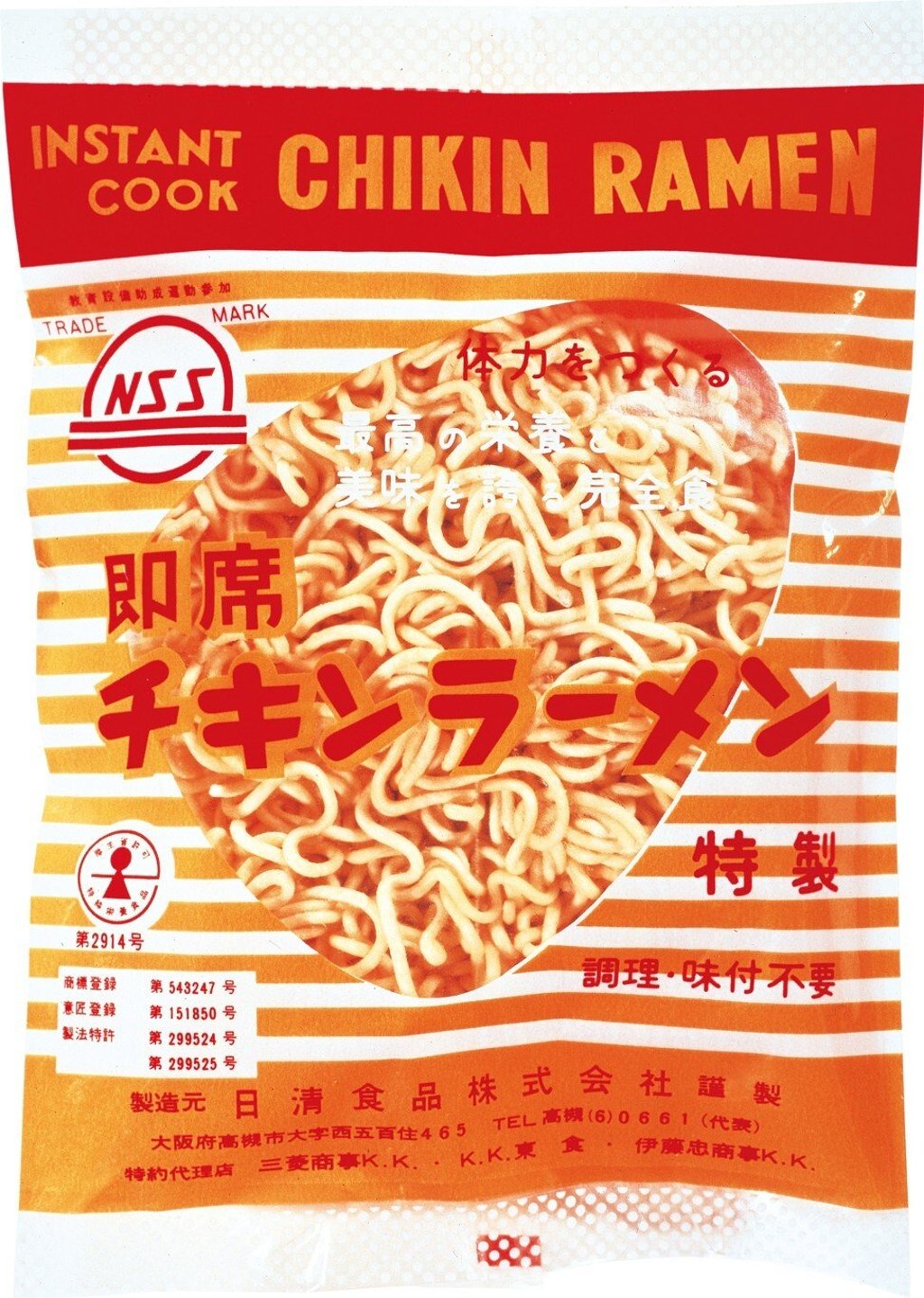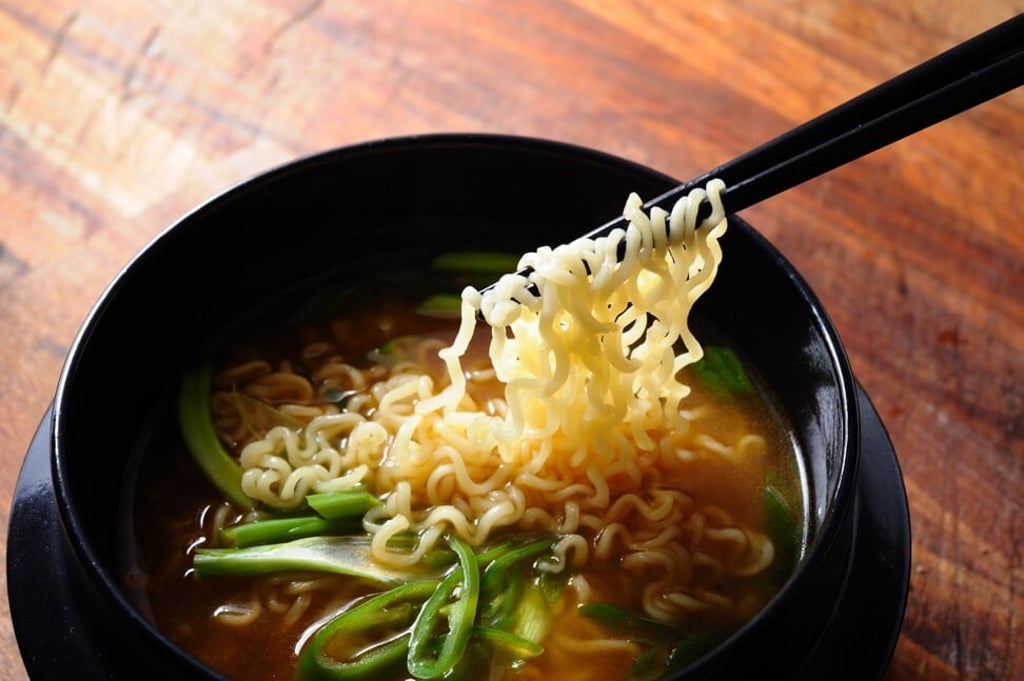What’s the story behind instant ramen noodles – and how did post-war America influence their invention?

With an estimated 100 billion bowls slurped down each year, instant ramen was first conceived of as a post-war necessity in Japan by its creator, Momofuku Ando
It’s no secret that the invention of instant ramen in Japan was a game-changer in modern Asian cuisine. Starting as a premium product that evolved into a cheap staple in every kitchen in Asia, instant ramen is now consumed all over the world. But there were a lot of socioeconomic and political factors that led to this innovation, which can be traced back to post-war USA.

Instant noodles were created by Momofuku Ando, owner and founder of the famous Nissin company in Japan in 1958. Ando developed the entire manufacturing process – from noodle-making, steaming and seasoning, to dehydrating the noodles in oil heat, a process now known as flash frying – creating what we now know as the first “instant” noodle.
This new invention had a longer shelf life than that of frozen noodles and sold for 35 yen. Ready to eat in just two minutes by adding boiling water, Nissin’s Chikin Ramen was considered a novelty, as fresh noodles sold for only a fraction of the price.

Ando was born and grew up in Japanese-occupied Taiwan in 1910. After the war, he had to choose between remaining a Japanese subject or becoming a citizen of Taiwan. Ando chose the latter to keep his inherited properties in Taiwan but stayed in Japan. He would later start his salt producing company, Nissin, in Osaka.
One economic factor that had a huge impact on the food cultures of Korea, Taiwan, and Japan after World War II was the supply of surplus wheat by the United States. In 1953 and 1954, America’s farms yielded an extremely bountiful wheat harvest and in the early post-war years, American surplus agricultural produce was given as aid. At the time, Japan, Korea, and Taiwan all suffered from shortages in staple foods and all three were under the political, economic and military purview of the United States.

According to Ando’s biography, on a cold winter’s night he came upon a long queue in front of an unlicensed food stall selling ramen. “The faces of the people who were slurping warm ramen looked happy. The Japanese really like noodles. Looking at the line in front of the stall, Ando got a feeling that there was a big demand hiding there.” It was this incident that the image of ramen was imprinted on his mind.
Due to the influx of wheat flour coming in the form of aid from the US, the Japanese government actively encouraged citizens to eat bread made with that wheat. In a chance meeting with Kunidaro Arimoto, who worked for the health ministry, Ando candidly criticised the policy: “With bread, you need toppings or side dishes. But the Japanese are eating it only with tea. It is not good for their nutritional balance. In the East, there is a long tradition of eating noodles. Why not also promote noodles, which the Japanese already enjoy, as a flour-based food?” To this affront, Kunidaro replied, “Why don’t you solve this problem?” And he did.